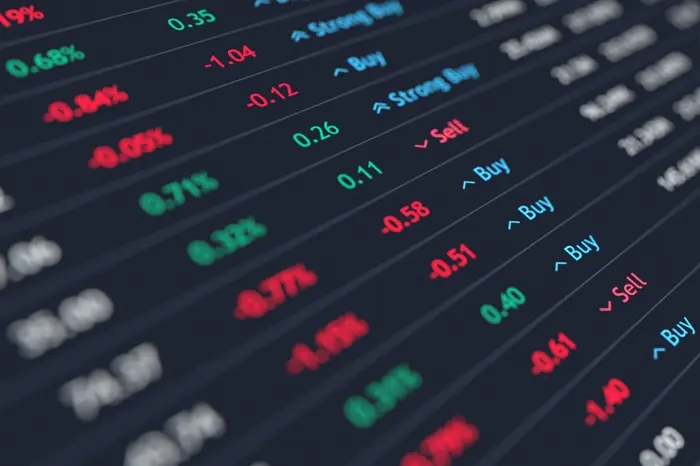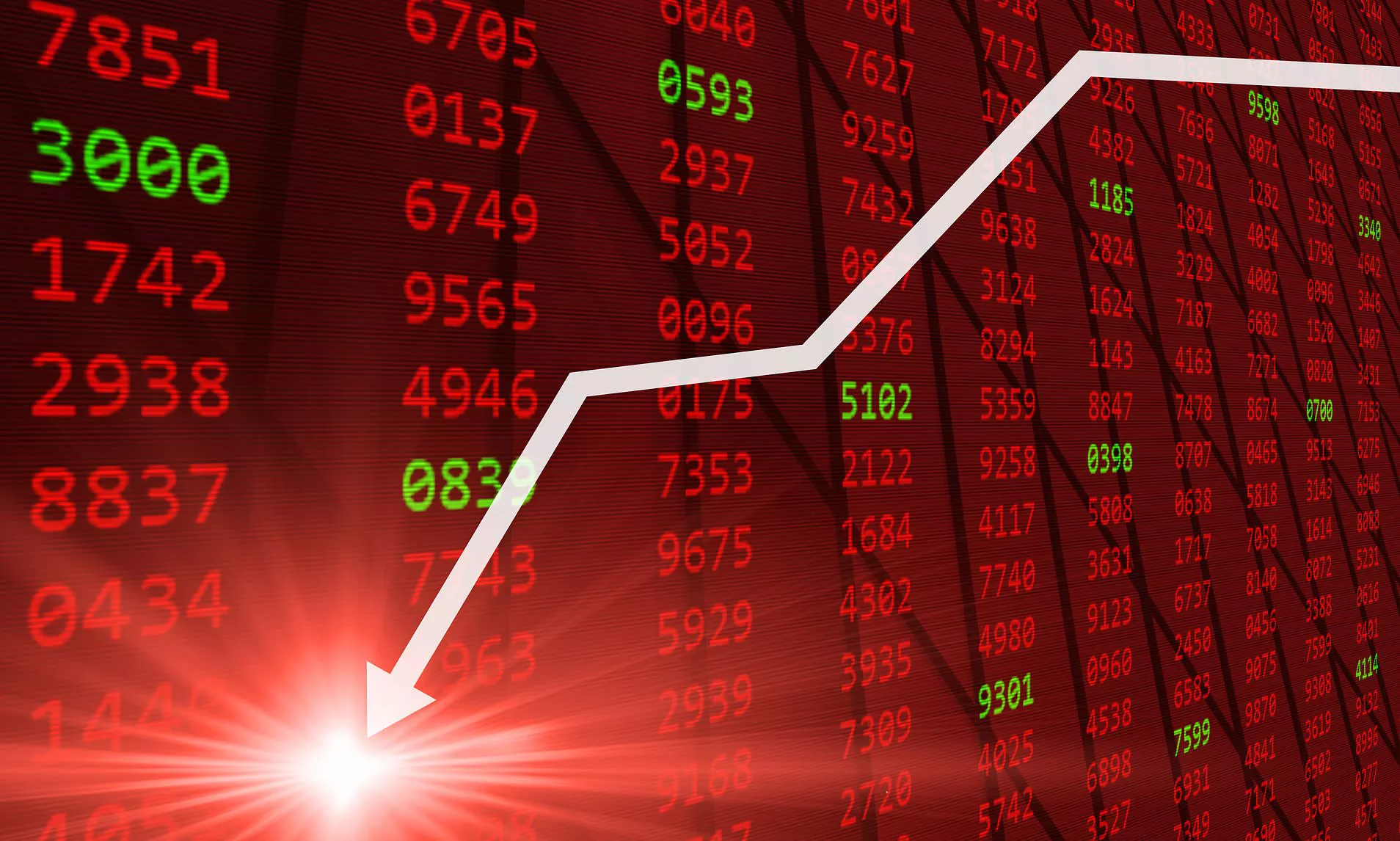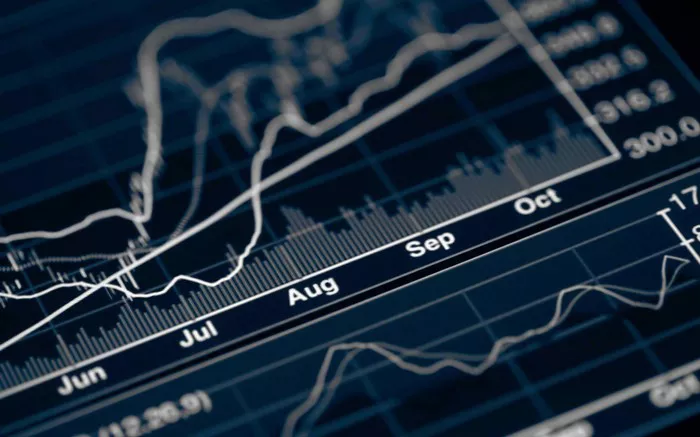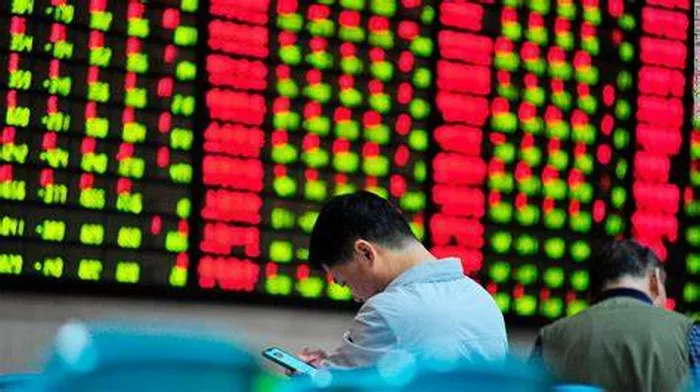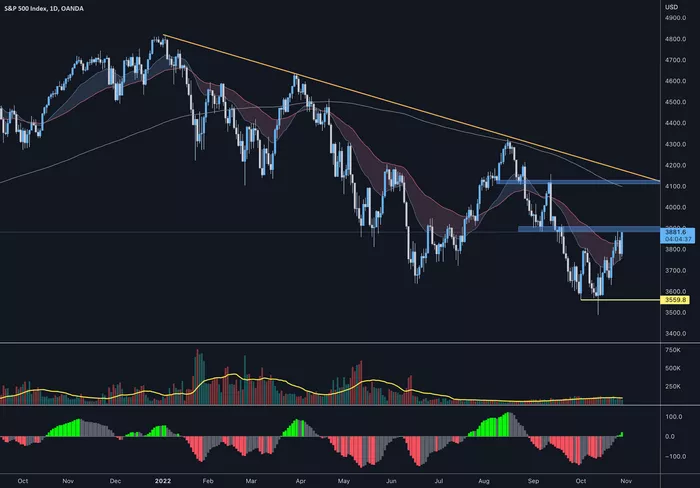Liquidity is a crucial aspect of the forex (foreign exchange) market. It directly impacts your ability to execute trades efficiently, at the desired price, and with minimal slippage. As a trader, understanding how to find liquidity in forex is essential for ensuring smooth trading experiences and maximizing your profitability. In this article, we will explore what liquidity in forex is, why it matters, and how you can find and utilize liquidity to your advantage.
What is Liquidity in Forex?
Liquidity in the forex market refers to the ability to buy or sell a currency pair quickly without causing a significant change in its price. A liquid market is one where there are enough buyers and sellers, meaning orders can be executed efficiently. In contrast, an illiquid market is one where there are fewer participants, resulting in higher spreads, more significant price movements, and difficulty in executing trades.
In forex, liquidity plays a vital role in determining how easily and at what cost you can enter and exit positions. The more liquid a market is, the lower the transaction costs (spreads), the smaller the slippage, and the faster the execution of your trades.
Why is Liquidity Important in Forex?
Liquidity is essential for several reasons:
Execution Speed: Higher liquidity means faster execution of orders, which is critical for day traders and scalpers who need to open and close positions quickly.
Lower Spreads: In liquid markets, the bid-ask spread (the difference between the buying and selling price) tends to be narrower, reducing your trading costs.
Price Stability: Liquid markets are less prone to significant price swings, which helps reduce the impact of sudden market moves on your trades.
Less Slippage: Liquidity helps minimize slippage, which occurs when there is a delay in the execution of your order at the desired price. In illiquid markets, slippage can be significant, especially during periods of high volatility.
Market Confidence: Liquidity instills confidence in traders, as it ensures that positions can be closed when needed and that market prices reflect real-time conditions.
Understanding liquidity and how to find it is vital for developing a successful forex trading strategy. Let’s explore how to identify and locate liquidity in the forex market.
Key Factors Affecting Forex Liquidity
Several factors influence liquidity in the forex market:
1. Market Hours
Forex operates 24 hours a day, five days a week, but liquidity varies depending on the time of day. The forex market has different trading sessions that align with the major financial centers worldwide. These sessions include:
Sydney Session: This is the first session of the day and sees lower liquidity compared to other major sessions.
Tokyo Session: Liquidity begins to increase, especially for pairs involving the Japanese yen (JPY).
London Session: This is the most liquid forex session, as the London market is home to the largest concentration of forex traders. The London session overlaps with both the Tokyo and New York sessions, which increases liquidity even further.
New York Session: The New York session is another high-liquidity period, especially for USD-related pairs, as the U.S. dollar is the most traded currency in the world.
To find liquidity in forex, it’s essential to trade during peak hours when the markets overlap. Specifically, the London-New York overlap from 12:00 PM to 4:00 PM GMT is considered the most liquid period.
2. Major Currency Pairs
The liquidity of the forex market also depends on the currency pairs being traded. Major currency pairs typically have the highest liquidity because they involve the most widely traded currencies. These pairs include:
- EUR/USD (Euro/US Dollar)
- GBP/USD (British Pound/US Dollar)
- USD/JPY (US Dollar/Japanese Yen)
- AUD/USD (Australian Dollar/US Dollar)
- USD/CHF (US Dollar/Swiss Franc)
These pairs have narrow spreads and high liquidity, making them ideal for traders who seek efficient execution and lower costs.
In contrast, exotic currency pairs (e.g., USD/TRY, EUR/ZAR) and minor pairs (e.g., EUR/GBP, GBP/JPY) tend to have lower liquidity and higher spreads due to fewer market participants and less trading volume.
3. Market Participants
The forex market is made up of various participants who contribute to its liquidity. These include:
Central Banks: Central banks are major players in the forex market and provide substantial liquidity through their monetary policies and interventions.
Commercial Banks: Large commercial banks, such as JPMorgan, Citibank, and Deutsche Bank, are active market makers that contribute to liquidity by facilitating trades for their clients and engaging in proprietary trading.
Hedge Funds and Investment Firms: These institutions manage large amounts of capital and contribute to liquidity by executing substantial trades.
Retail Traders: While individual retail traders are a smaller component of the forex market, they still contribute to liquidity, especially when trading major currency pairs.
Brokerage Firms: Brokers act as intermediaries between traders and the interbank market. Some brokers provide direct access to liquidity pools, while others aggregate liquidity from multiple sources.
4. Economic Events and Data Releases
Economic news and events can have a significant impact on forex liquidity. High-impact news releases, such as interest rate decisions, employment reports, and GDP data, can cause sharp price movements and changes in liquidity. During such events, liquidity may temporarily decrease due to heightened uncertainty and volatility, leading to wider spreads and increased slippage.
Understanding the economic calendar and timing your trades around major announcements is crucial for managing liquidity. While high-impact news events may provide opportunities for profit, they can also increase the risk of trading due to sudden changes in liquidity and price volatility.
5. Liquidity Providers and ECN Brokers
Liquidity providers (LPs) are financial institutions that offer quotes and provide liquidity to the forex market. These institutions include banks, hedge funds, and market makers, who supply bids and asks at various price levels to ensure smooth market functioning.
Some brokers, known as ECN (Electronic Communication Network) brokers, offer direct access to these liquidity providers, allowing traders to execute trades at competitive prices. ECN brokers offer more transparency and typically have lower spreads compared to traditional market makers. By using an ECN broker, traders can tap into deeper liquidity and execute trades with minimal slippage.
How to Find Liquidity in Forex: Practical Steps
Now that we’ve covered the factors affecting liquidity, let’s look at practical steps for finding liquidity in the forex market.
1. Trade During Peak Hours
As mentioned earlier, liquidity peaks during the overlap between the London and New York trading sessions. This is the best time to find liquidity in forex, as market activity is highest, and spreads are narrower. Avoid trading during off-hours, such as the Sydney and Tokyo sessions, when liquidity is lower.
2. Focus on Major Currency Pairs
The most liquid currency pairs are those that involve the most actively traded currencies, such as EUR/USD, GBP/USD, and USD/JPY. These pairs have high trading volumes, tight spreads, and low slippage. When trading these pairs, you are more likely to find liquidity and execute trades at the desired price.
3. Use ECN Brokers
ECN brokers provide access to deep liquidity pools, which allows traders to execute orders with minimal slippage and narrower spreads. If you want to take advantage of high liquidity, consider using an ECN broker that aggregates liquidity from multiple providers and offers more transparent pricing.
4. Monitor Economic Events
Economic news releases can impact liquidity, so it’s important to stay informed about scheduled events that may cause volatility. During periods of major announcements, liquidity may temporarily decrease, and spreads may widen. If you’re a short-term trader, you may want to avoid trading around such events. However, if you’re looking for volatility and trading opportunities, economic events can be a good time to capitalize on price movements.
5. Analyze Order Book Data
Some advanced traders use order book data to gain insights into liquidity levels. An order book shows the buy and sell orders at various price levels. By analyzing the order book, you can gauge the depth of the market and identify levels with significant liquidity. This information can help you determine entry and exit points and avoid slippage.
Conclusion
Liquidity is a vital aspect of the forex market that directly impacts your trading experience. By understanding the factors that influence liquidity, such as market hours, currency pairs, economic events, and liquidity providers, you can make more informed trading decisions and improve your execution.
To find liquidity in forex, it’s important to trade during peak hours, focus on major currency pairs, and use brokers that provide access to deep liquidity pools. By incorporating these strategies, you can minimize slippage, reduce trading costs, and improve your overall trading performance.
Remember, liquidity is dynamic and can change quickly, especially during periods of high volatility. Always be prepared to adapt to changing market conditions and ensure you have access to the liquidity you need to execute your trades effectively.
Related topics:










